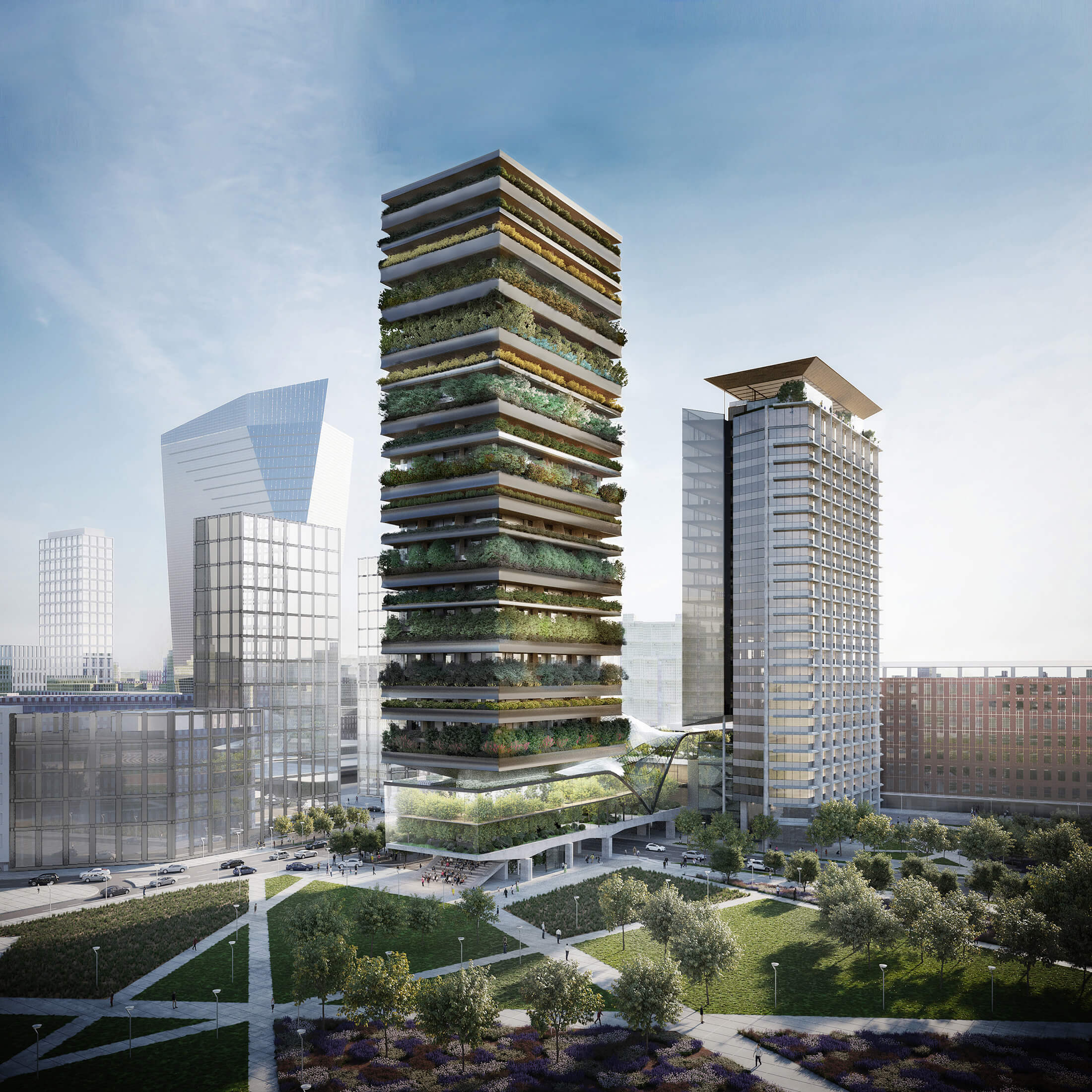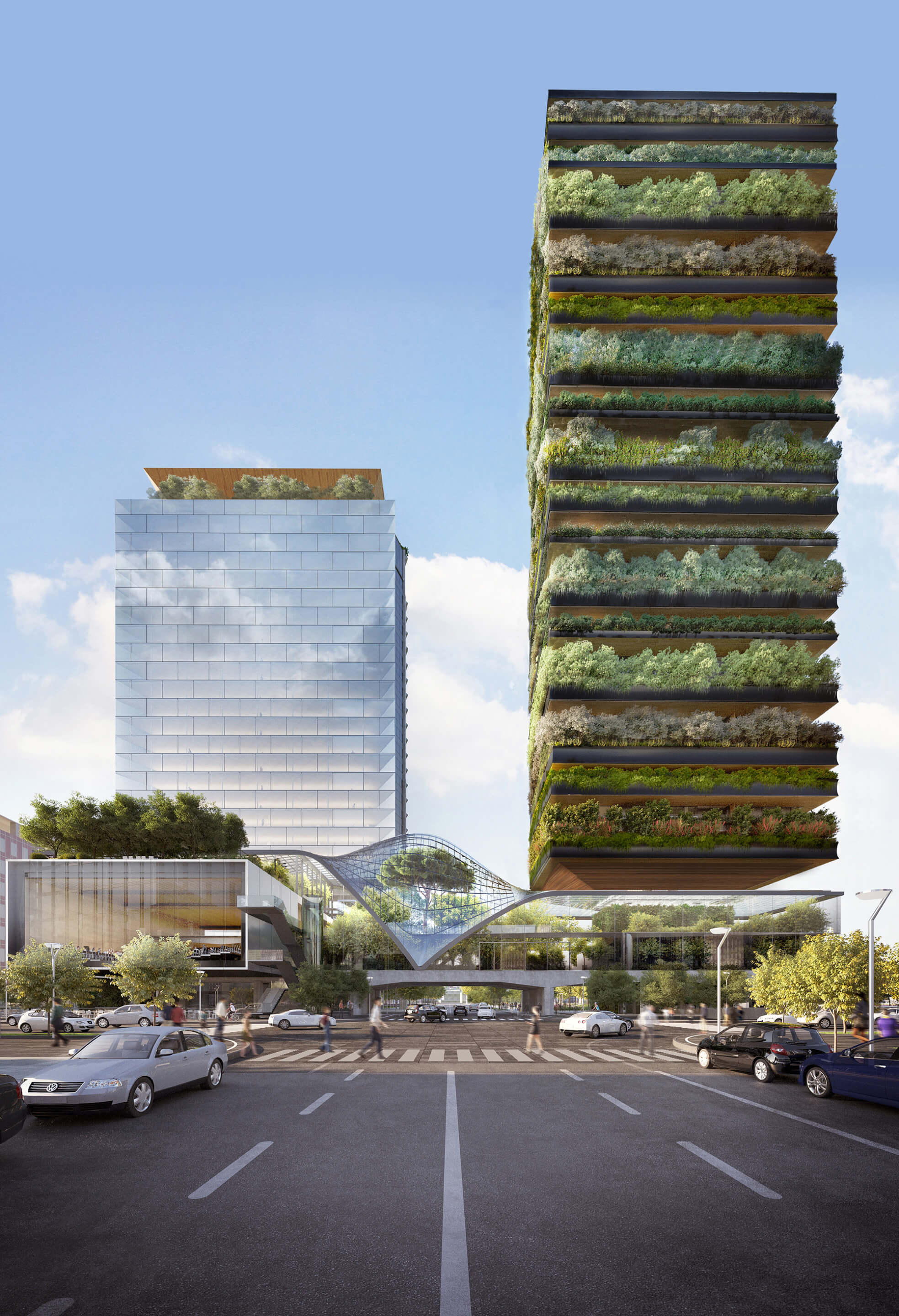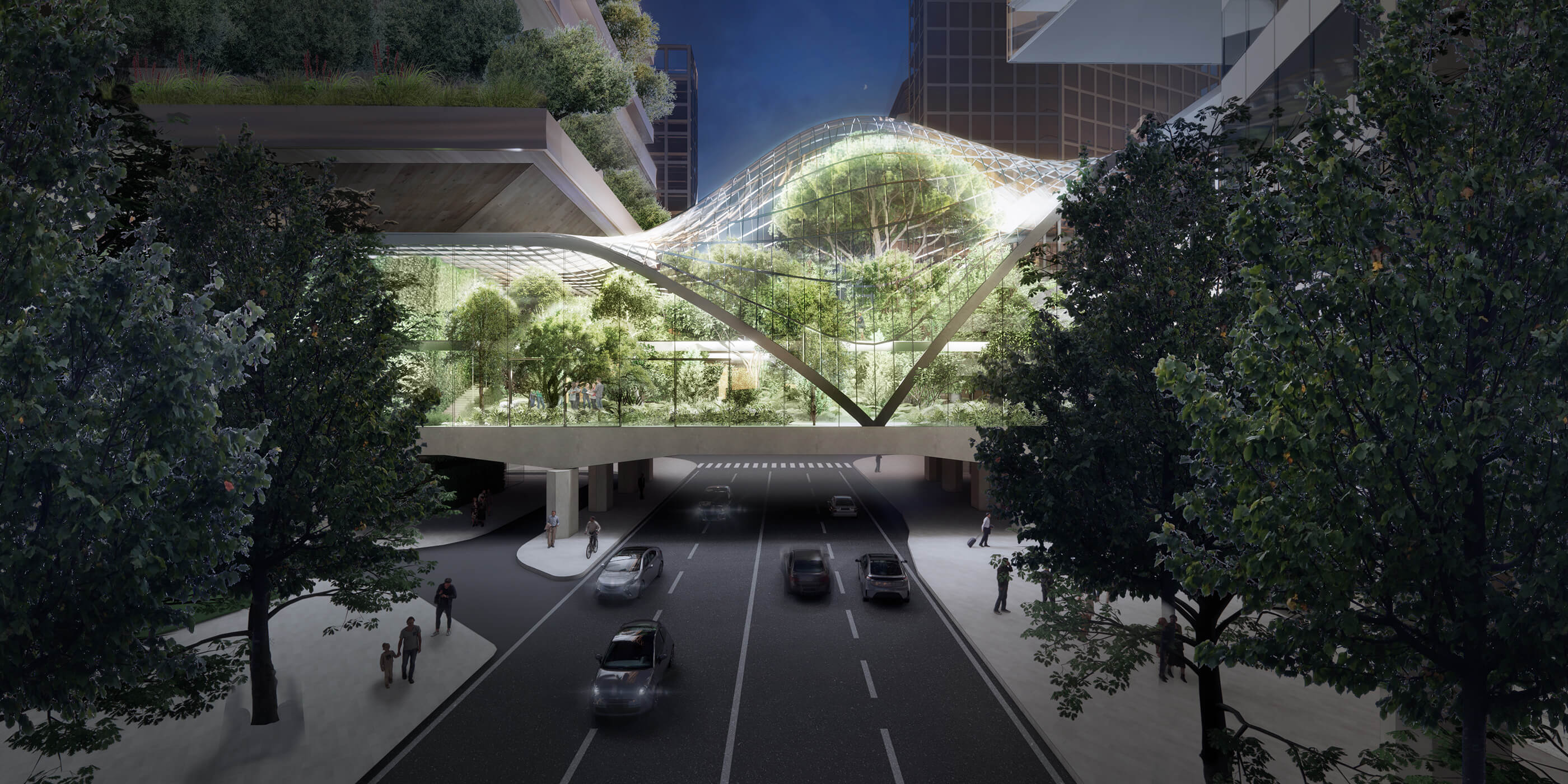This morning, the Milan-based real estate investment fund COIMA SGR announced that it had crowned a team of Diller Scofidio + Renfro (DS+R) and Stefano Boeri Architetti the winners of an international design contest to fill Pirelli 39, part of a massive portside redevelopment in Milan.
Wedged between Central Station and the Scalo Farini railyard (which OMA is overhauling), Pirelli 39 is home to an existing tower decommissioned by Milan in 2015 over the building’s unsuitability for modern uses and lack of seismic protection. The surrounding site is also in need of environmental remediation. Once complete, Pirelli 39 will join a larger collection of parcels making up the newly reinvigorated Porta Nuova Gioia area, which aims to better integrate the Porta Nuova business district with the city’s center.

“Our studio is thrilled to have this opportunity to make a meaningful architectural contribution to the city of Milan, our first project in Italy,” wrote DS+R partner Elizabeth Diller. “As much of our work focuses on the future of cities, the Pirelli 39 project presents a great opportunity to develop a new model of mixed-use development and sustainable urban growth. The project combines the adaptive reuse of heritage buildings with environmentally responsible new construction, and a vibrant ‘living’ cultural destination devoted to the art and science of plants.”
The winning proposal for Pirelli 39 is a complex mixture of new and repurposed buildings that will bring a mixture of residential and office space to the site, along with a bulbous, futuristic laboratory-slash-greenhouse bridge encased in diagrid glass.
The existing building will be retrofitted with both seismic and sustainability upgrades, bringing it in line with Next Generation EU standards (passed as part of the E.U.’s COVID recovery plan at the end of 2020, the package includes stringent building efficiency standards intended to combat climate change). As COIMA noted in its selection announcement, Pirelli 39 will be the first Italian redevelopment to be built along Next Generation EU standards.

While the retrofit of the existing office building will reskin it from a clunky International-style office block with heavy mullions to a more typical glass-enclosed tower, the real star of the renderings revealed today is the new residential tower planned for next door. Each floor juts out to a heavily planted terrace, and COIMA has promised that the building’s structural elements will be made from timber, while the nearly 30,000 square feet of photovoltaic panels are projected to generate approximately 65 percent of the building’s annual energy usage. Altogether, an estimated 18,000 square feet of vegetation has been planned to cover the facade.
The residential tower will be linked with the office building via the conversion of an existing building on site that crosses the Via Melchiorre Gioia, one of the city’s main thoroughfares. The bridge building will anchor the redevelopment, becoming a transparent greenhouse and events and exhibitions space flowing from the lower levels of each tower and “inflating” in the center. The bridge is already slated to become an extension of the Biblioteca degli Alberi (Library of Trees) laboratory as well.

COIMA noted that the central theme of the competition was adaptive reuse over demolition and that 70 teams, made up of 359 architecture, landscape, and engineering firms from across 15 different countries, ultimately submitted.
No estimated date of completion or budget has been revealed for the project yet.











